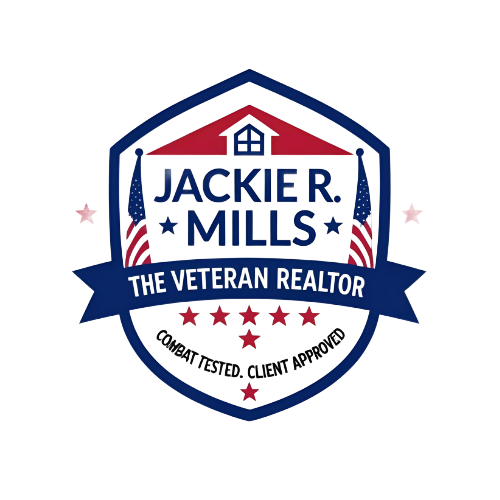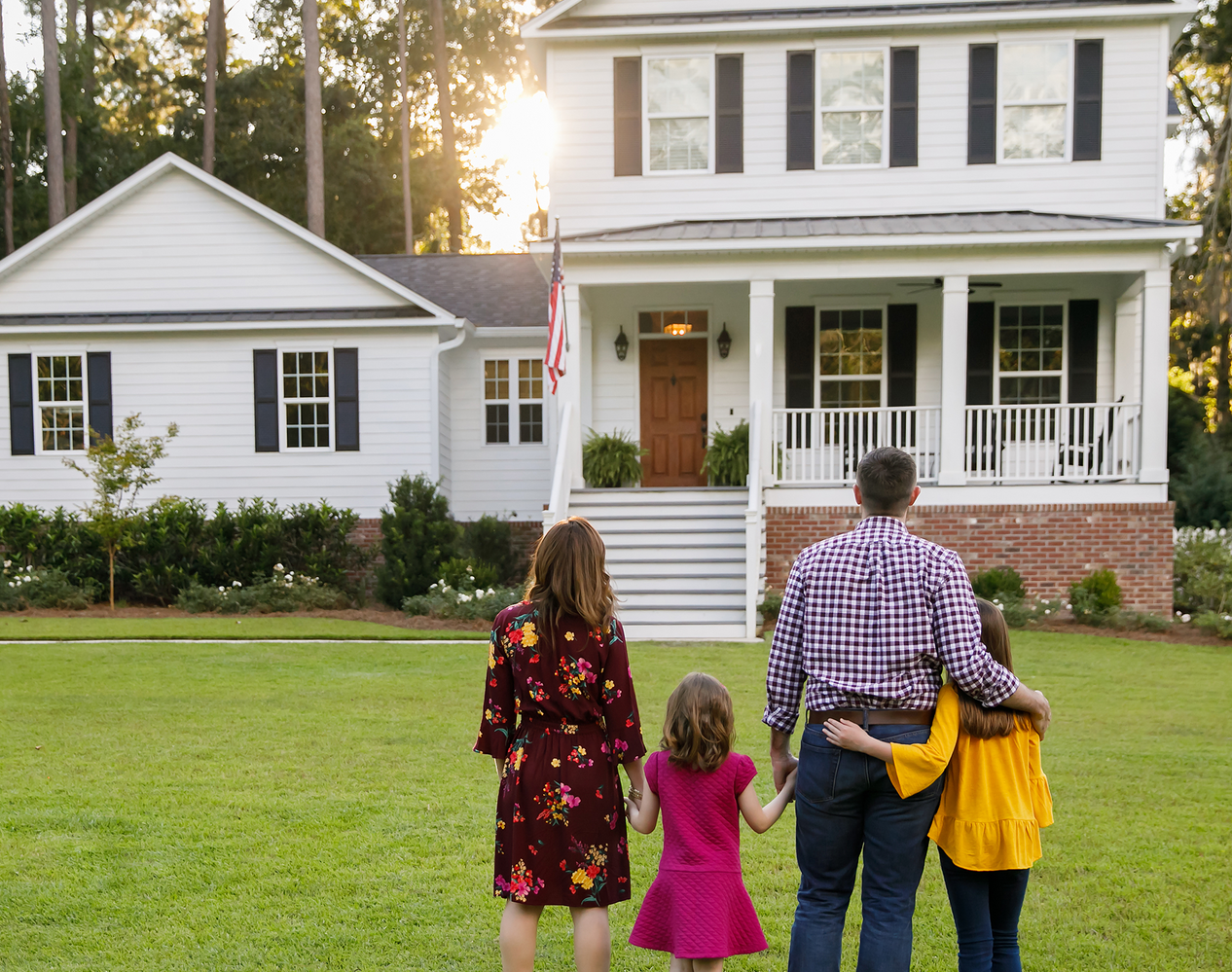Welcome to the Blog
How Much Down Payment Do I Really Need?

How Much Down Payment Do You Really Need?
One of the biggest myths in real estate is that you need 20% down to buy a home. While that’s true for some buyers, many can purchase with far less. Let’s break down what different loan types require.
Common Down Payment Requirements
The amount you’ll need depends on the type of loan:
- Conventional Loans: As little as 3–5% down for qualified buyers.
- FHA Loans: Typically require 3.5% down, making them popular with first-time buyers.
- VA Loans: For eligible veterans and service members, no down payment is required.
- USDA Loans: Designed for rural and suburban buyers, often with zero down payment.
While 20% is still an option, it’s not the standard requirement many people assume.
First-Time Buyer Programs
Many states and local governments offer programs to help first-time buyers with down payments and closing costs. These programs may include:
- Grants that don’t need to be repaid
- Low-interest loans
- Employer-assisted housing benefits
Taking advantage of these resources can make buying your first home far more affordable.
Investment Property Rules
If you’re buying a home as an investment property, the rules change. Lenders usually require at least 20–25% down to offset the higher risk. Unlike primary residences, these purchases don’t qualify for many of the low-down-payment options available to first-time buyers.
Pros and Cons of Lower Down Payments
Pros:
- Get into a home sooner
- Keep more cash for savings, emergencies, or renovations
- Take advantage of low interest rates while they last
Cons:
- Higher monthly mortgage payments
- Private Mortgage Insurance (PMI) required if less than 20% down
- Less initial equity in the home
It’s a trade-off between speed and long-term cost, and the right choice depends on your financial goals.
Tips for Saving Your Down Payment
If you’re planning to buy soon, start building your down payment fund by:
- Setting up automatic savings transfers
- Cutting unnecessary expenses and redirecting funds
- Using windfalls like bonuses or tax refunds
- Exploring first-time buyer grants or assistance programs
Conclusion
You don’t always need 20% down to become a homeowner. With the right loan program and a smart savings strategy, you could be holding the keys to your new



